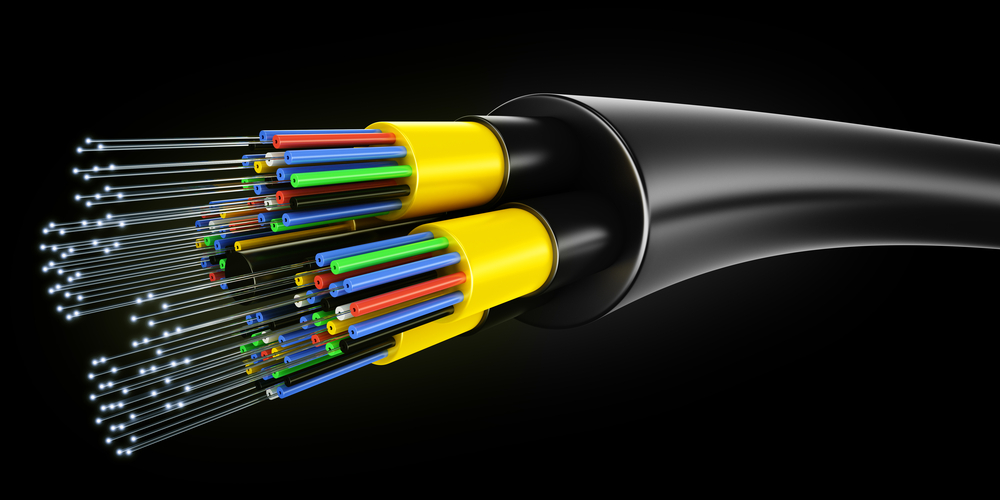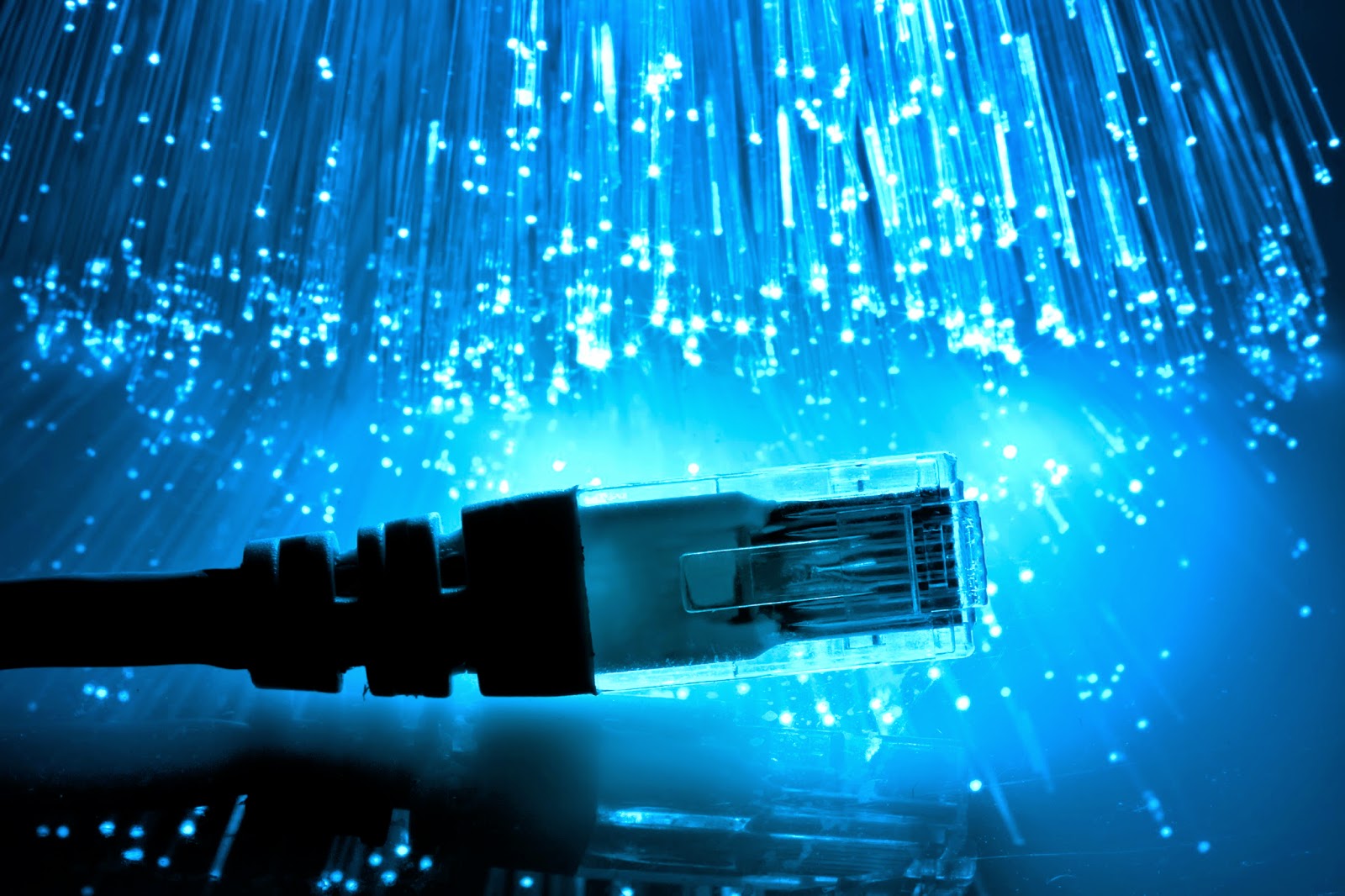Technology
Fiber Optic technology generally includes an optical transmitter to convert an electrical signal to an optical signal fiber to send into the optical fiber. Multiple kinds of amplifiers and an optical receiver to recover the signals as an electrical signal. The information transmitted is typically high speed internet, telephone system and cable television (triple play).
Fiber optic cables are composed of glass, silica Fiber, or plastic. Silica Fiber is used mainly for high power applications, and plastic is reserved for isolating sensitive systems from the threat of high voltages. Neither silica nor plastic are capable of sending data-streams over long distances because of their inherent impurities – instead, specialty glass fibers are used.
Fiber optic systems offer high security because they do not induce or emit any external energy. A signal loss can be detected almost immediately as long as the system is monitored.
There are two types of optical Fiber cable, Single mode and Multimode Fiber.
Single mode Fiber is used mainly in operations where information is to be transferred over great distances, typically between 8 and 150 kilometers. Lasers are used as the light source because they can produce focused, parallel light that translates into low loss.
Multimode Fiber is designed to be used in 8-10km applications. The light used to send information is an LED, or Light Emitting Diode. LEDs don’t provide light at the same high frequency as lasers do and thus the quality of information being sent via the cable cannot be trusted over great distances.
Fiber optic systems are more cost effective than conventional means because the initial and maintenance cost of copper systems is greater than Fiber. Practically, copper is a non-renewable resource and is become scarcer than the raw material used to create the glass inside Optical Fiber, sand.
Fiber Optic cables need to be protected against tensile, torsion, and bending stresses. The glass fibers are very susceptible to twisting, which can compromise its integrity. If fibers are bent too far, the optimum characteristic of the cable is compromised.






